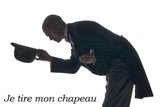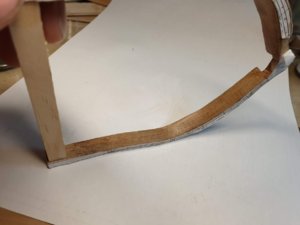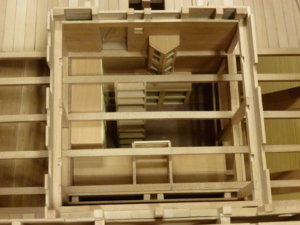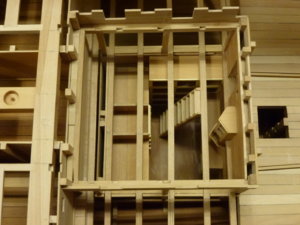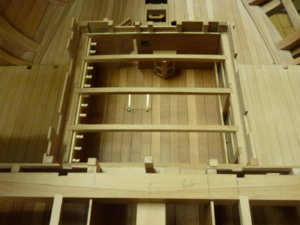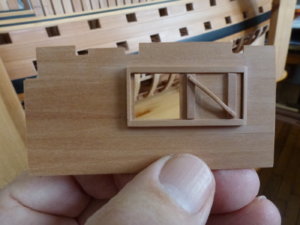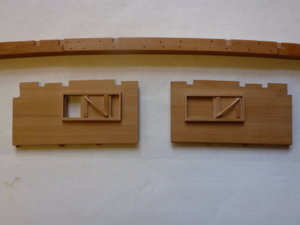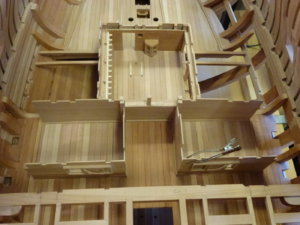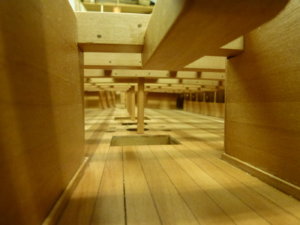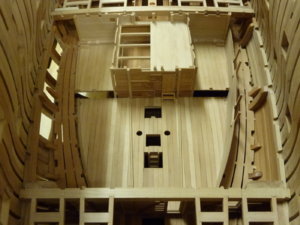-

Win a Free Custom Engraved Brass Coin!!!
As a way to introduce our brass coins to the community, we will raffle off a free coin during the month of August. Follow link ABOVE for instructions for entering.
-

PRE-ORDER SHIPS IN SCALE TODAY!
The beloved Ships in Scale Magazine is back and charting a new course for 2026!
Discover new skills, new techniques, and new inspirations in every issue.
NOTE THAT OUR FIRST ISSUE WILL BE JAN/FEB 2026
You are using an out of date browser. It may not display this or other websites correctly.
You should upgrade or use an alternative browser.
You should upgrade or use an alternative browser.
PRINTZ FRIDERICH (1761 - 1780) - danish 70-gun Ship of the Line - 1:48 by Karl I. Malcha
Also this post was lost - so now once more.......
The next step was the second floor of the powder room
The powder room lower floor
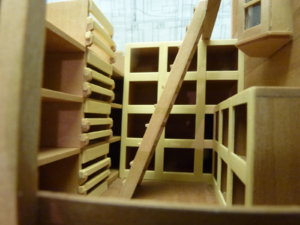

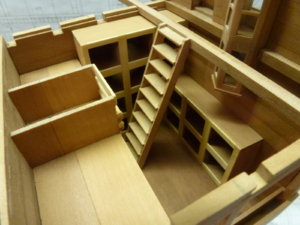
It was very helpful, that the element is removable, so the walls and interieur can be finished outside of the hull
The upper floor
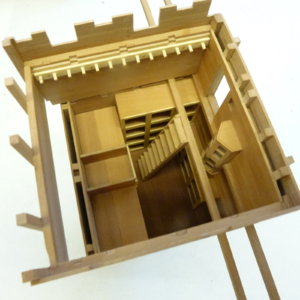
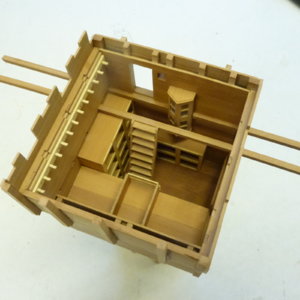
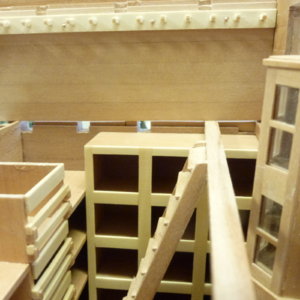
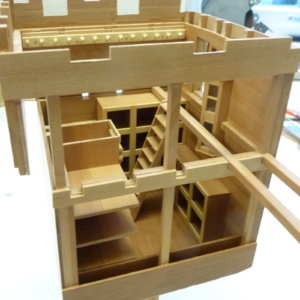
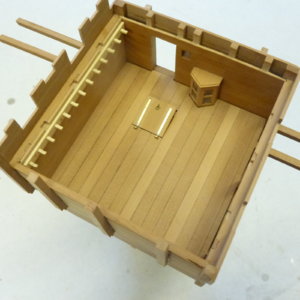

Many thanks for your interest ..... to be continued ......
The next step was the second floor of the powder room
The powder room lower floor



It was very helpful, that the element is removable, so the walls and interieur can be finished outside of the hull
The upper floor






Many thanks for your interest ..... to be continued ......
Last edited:
- Joined
- Oct 19, 2018
- Messages
- 72
- Points
- 113

Complimenti , gran bel lavoro .
What a brilliant idea -removable elements. At first, as most of us, I was looking at the images and didn't read comments. I thought it would be nice to make it a removable element for educational purposes. Many thanks for this excursion into the history, and not to mention a precision build. Also, I like the visible contrast between the light wood and the main timber. What kind of timber is lighter wood?It was very helpful, that the element is removable, so the walls and interieur can be finished outside of the hull
The lighter wood is in German "Pfaffenhütchen" or "Spindelstrauch" (the small red fruits look like the biretta of catholic clergymen): Evonymus europaea.
It is a very tough wood with nearly invisible fine grain, a little softer than boxwood (and therefore easy to glue) but of nearly the same light yellow colour. I use it for scraping the mouldings and making very thin strips (see page 1). I used it in the powder room for making some more contrast in the darkness of the hold.
In former times they made detailed wood turned pieces and marquetry from it.
I have got my logs from a friend who has cleaned up his garden many years ago. I think it's not available in the timber trade.
It is a very tough wood with nearly invisible fine grain, a little softer than boxwood (and therefore easy to glue) but of nearly the same light yellow colour. I use it for scraping the mouldings and making very thin strips (see page 1). I used it in the powder room for making some more contrast in the darkness of the hold.
In former times they made detailed wood turned pieces and marquetry from it.
I have got my logs from a friend who has cleaned up his garden many years ago. I think it's not available in the timber trade.
Much appreciated for your prompt answer. We have a similar color timber Holly timber. It is nearly white color and will not have visible grain, it is not as hard as boxwood.The lighter wood is in German "Pfaffenhütchen" or "Spindelstrauch" (the small red fruits look like the biretta of catholic clergymen): Evonymus europaea.
It is a very tough wood with nearly invisible fine grain, a little softer than boxwood (and therefore easy to glue) but of nearly the same light yellow colour. I use it for scraping the mouldings and making very thin strips (see page 1). I used it in the powder room for making some more contrast in the darkness of the hold.
In former times they made detailed wood turned pieces and marquetry from it.
I have got my logs from a friend who has cleaned up his garden many years ago. I think it's not available in the timber trade.
- Joined
- Apr 10, 2019
- Messages
- 204
- Points
- 253

Hi Uwe
I´m thinking for this work of art modelbuilding we have no word in our language.
Great, perfect and so on, could not say what it is.
Thanks to show as the wounderfull pictures
Best regards
Willi (schifferlbauer)
I´m thinking for this work of art modelbuilding we have no word in our language.
Great, perfect and so on, could not say what it is.
Thanks to show as the wounderfull pictures
Best regards
Willi (schifferlbauer)
Hi Uwe,
thanks for sharing this artwork. Do you know what Karl use for the coating from the frames and the planks ?
thanks for sharing this artwork. Do you know what Karl use for the coating from the frames and the planks ?
Fantastic work. I love it
Hallo Oliver,
the planking on the sides and the decks is first coated with sanding sealer, rubbed with very fine steel wool (grade 0000) and then protected with a coat of
oil/wax for furniture, at once wiped off with a soft cloth.
The frames are just coated with the oil/wax, also wiped off and some days later rubbed a little with steel wool.
Kalliboot
the planking on the sides and the decks is first coated with sanding sealer, rubbed with very fine steel wool (grade 0000) and then protected with a coat of
oil/wax for furniture, at once wiped off with a soft cloth.
The frames are just coated with the oil/wax, also wiped off and some days later rubbed a little with steel wool.
Kalliboot
Last edited:
Fantastic work.
Karl
Karl
Awesome work Karl I totally love the clean woodmanship
This is an artwork far above must of us
It is one of the BEST work I have ever seen, apart from 1-2 Frech and 2 Rissian builders. To me as Danish Born and have built the Sistership Norske Love (from Kit)I am very proud of this build. It is like a Rubens, Van Gock work, far out of reach from most. WELL DONE
Many thanks for the compliments, but it is just the work of ten fingers and some tools.It is one of the BEST work I have ever seen, apart from 1-2 Frech and 2 Rissian builders. To me as Danish Born and have built the Sistership Norske Love (from Kit)I am very proud of this build. It is like a Rubens, Van Gock work, far out of reach from most. WELL DONE
We have had a visit to the Laesoe Museum in summer. They are excavating the wrecksite of the Printz Friderich (she ran aground on September 28th 1780) and show some finds in their exhibition "Havets hemmiligheder".
Many greetings from just south of the danish border.
Karl


